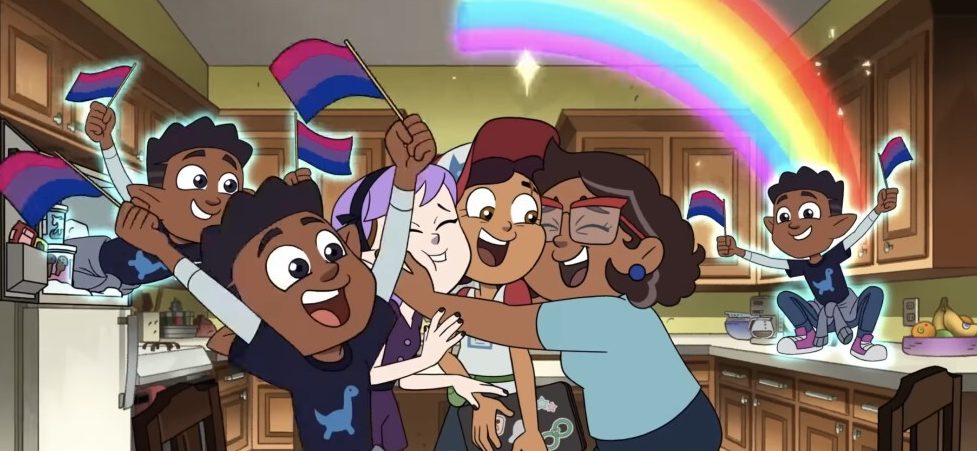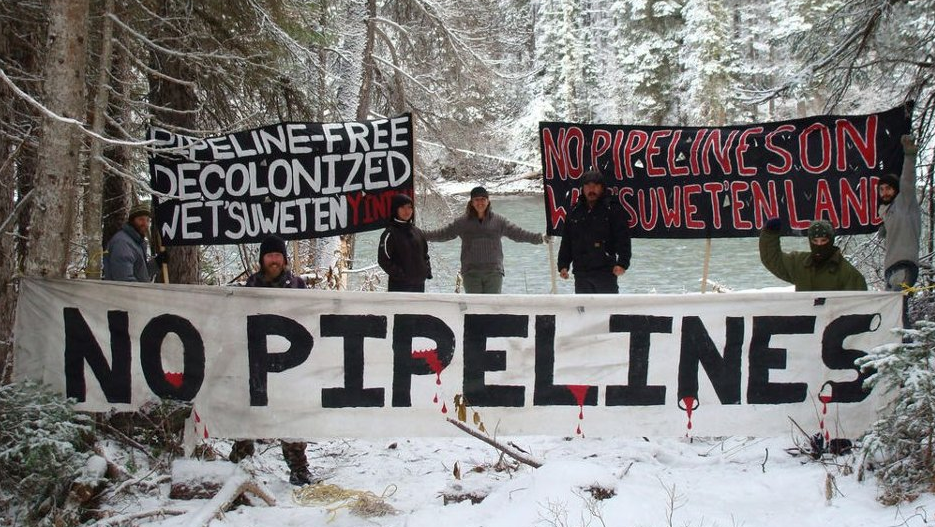by Tia DeRuiter
In November of 2022, as negotiations over wages and contracts stalled with Ontario education workers, Premier Doug Ford elected to invoke Section 33 of Canada’s Charter of Rights and Freedoms (Zimonjic & Chevalier, 2022). Also known as the notwithstanding clause, this section of the Charter allows for parliamentary powers in Canada to negate other Charter rights when legislating, for a five-year period (Zimonjic & Chevalier, 2022). In addition, once utilized, this clause eliminates the potential for, and dismisses any objections to the legislation brought forth at the judicial level (Zimonjic & Chevalier, 2022). In Ford’s most recent use of Section 33, he sought to prevent the strike of educational workers, after bargaining with the Canadian Union of Public Employees (CUPE) failed to reach a mutual agreement (Zimonjic & Chevalier, 2022). By invoking this clause, Ford, in effect, restricted the right of peaceful assembly, as codified in Section 2 of the Charter (Government of Canada, n.d.b).
Originally intended to distribute power equally among the federal and provincial levels, in recent years, the use of the notwithstanding clause has been questioned by human and civil rights organizations in Canada (Zimonjic & Chevalier, 2022). Though this Section is meant to be invoked in challenging times, many provincial assemblies have begun to utilize this clause more frequently, and often not for its intended circumstances (Zimonjic & Chevalier, 2022). As this clause is ultimately a violation of the rights of Canadians, many scholars and activists have called for its abrogation, and identified its overuse by provincial parliaments (Serebrin, 2022; Zimonjic & Chevalier, 2022).
In Ontario, this clause has been called on three times by Doug Ford and his government, though was only enacted twice (Zimonjic & Chevalier, 2022). The first of which was in June of 2021, when Ford utilized Section 33 to limit election funding by third party sources, after his original implementation of the legislation was overruled by an Ontarian judge (Zimonjic & Chevalier, 2022). Though it was argued that this restriction of funding sought to eliminate outside influence in the provincial election, some argued it was ultimately a restriction of free speech (The Canadian Press, 2021).
Though Ford’s use of Section 33 is certainly troubling for the rights it restricts, it also is not the most blatant nor severe use of this policy to date. Many other provincial governments have utilized this clause to rescind Charter rights, such as the right to freedom of religion (Government of Canada, n.d.a). In 2019, the Government of Quebec passed the controversial and highly opposed Bill 21, that bans public employees from donning religious symbols while at work (Rukavina, 2022). Including hijabs, turbans, and any other religious wear, this bill, in effect, has targeted many of Quebec’s minority groups, and accordingly, has had horrific consequences (Rukavina, 2022). Not only has this legislation passed under the notwithstanding clause taken a large step backwards in religious and personal autonomy, but has, according to the Association for Canadian Studies, led to steep increases in hate speech and violence against these communities (Rukavina, 2022). Though in violation of fundamental rights guaranteed by the Charter, the Quebec government’s discriminatory and exclusive policy may persist with the protection Section 33 confers. Further, in 2000, the notwithstanding clause was also invoked in Alberta, to make changes to the province’s Marriage Act, and lay out a definition that saw marriage as an act that should only occur between a man and a woman (Mckay-Panos, 2018). Though not renewed after the clause’s five-year period, this too posed severe limitations on Albertan’s rights guaranteed by the Charter at that time (Mckay-Panos, 2018).
Though established with good intentions, the notwithstanding clause appears to have evolved as a weapon wielded by provincial governments to restrict the rights of Canadian citizens. Alongside concerns over the use of Section 33 comes calls to eliminate its existence from the Charter, for the injustices it has both enabled, and has the power to permit. Human and civil rights groups alike have begun these calls, such as the Canadian Civil Liberties Association, believing that this policy must be reversed to protect the very rights upon which the clause infringes (Zimonjic & Chevalier, 2022). While the repeal of this clause is highly improbable, it is nevertheless important to direct attention to, and call into question the invocation of a Charter section being used to inhibit rights, as opposed to protecting them. Ultimately, as Wherry elucidates, this clause allows the rights and freedoms of the majority to be dictated and controlled by the majority and those in power, which is contrary to the nature of the human rights Canada claims to defend (2022).
Works Cited
Government of Canada. (n.d.a). Section 2(a) – Freedom of religion. Government of Canada. https://www.justice.gc.ca/eng/csj-sjc/rfc-dlc/ccrf-ccdl/check/art2a.html
Government of Canada. (n.d.b). Section 2(c) – Freedom of peaceful assembly. Government of Canada. https://www.justice.gc.ca/eng/csj-sjc/rfc-dlc/ccrf-ccdl/check/art2c.html
Mckay-Panos, L. (2018, November 2). Effects of the notwithstanding clause on human rights. LawNow. https://www.lawnow.org/effects-of-the-notwithstanding-clause-on-human-rights/
Rukavina, S. (2022, August 4). New research shows Bill 21 having ‘devastating’ impact on religious minorities in Quebec. CBC. https://www.cbc.ca/news/canada/montreal/bill-21-impact-religious-minorities-survey-1.6541241
Serebrin, J. (2022, May 29). Quebec’s use of notwithstanding clause in language law opens constitutional debate. CBC. https://www.cbc.ca/news/canada/montreal/quebec-notwithstanding-clause-constitutional-debate-1.6470091
The Canadian Press. (2021, June 14). Ford government pushes through controversial election spending bill with notwithstanding clause. CBC. https://www.cbc.ca/news/canada/toronto/notwithstanding-clause-vote-ontario-1.6064952
Wherry, A. (2022, June 1). The case for making the notwithstanding clause politically awkward again. CBC. https://www.cbc.ca/news/politics/charter-rights-notwithstanding-clause-constitution-1.6472317#content
Zimonjic, P., & Chevalier, J. (2022, November 6). The notwithstanding clause – what it is, why it was used and what happens next. CBC. https://www.cbc.ca/news/politics/notwithstanding-clause-explained-ford-1.6641293



